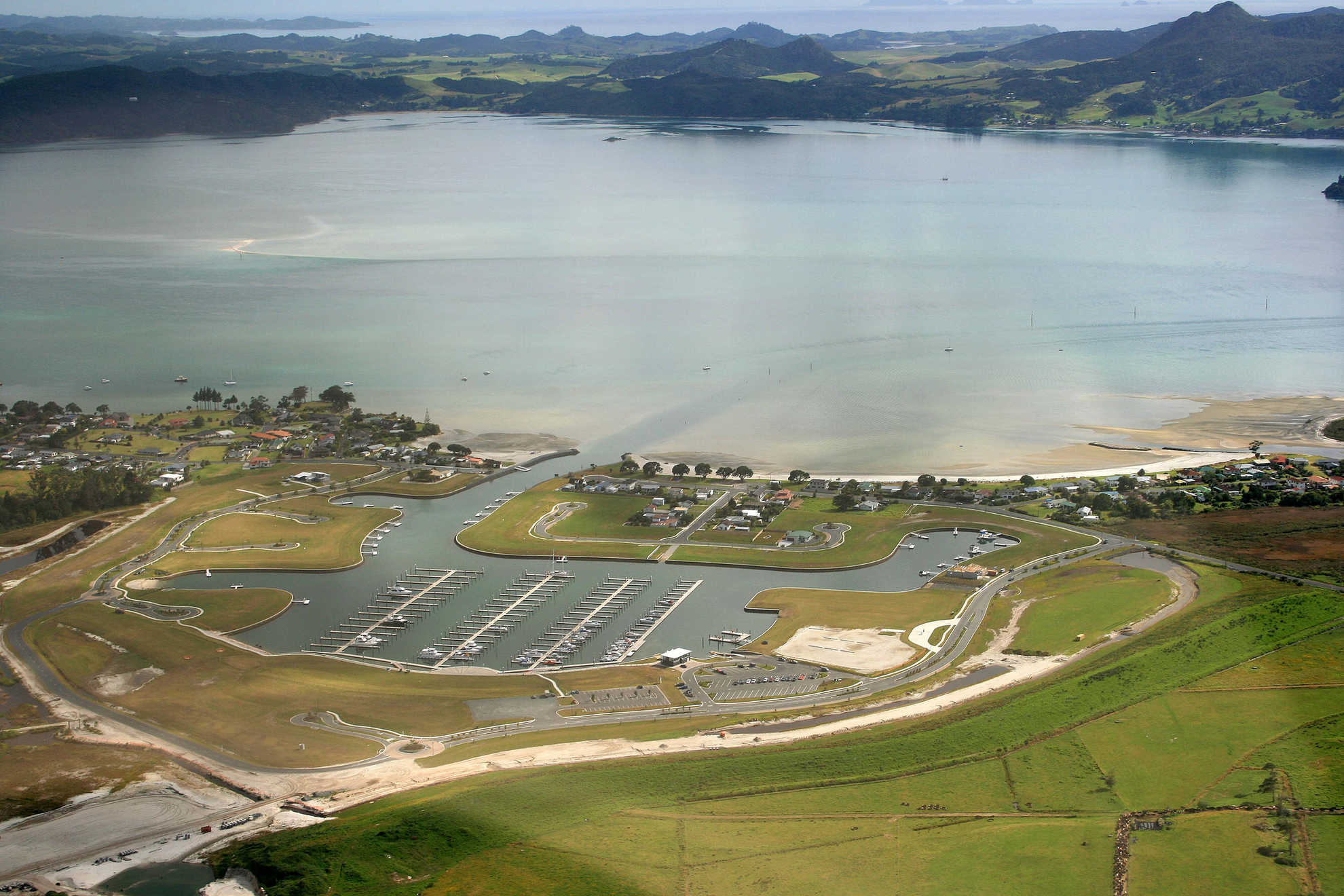Major Marine Development
New Zealand’s geographic position in the world means that the country must strongly rely on an effective port system to enable goods to be both brought into the country and exported. Close to 99 per cent of New Zealand’s imports and exports are transported by sea, with over 31 million tonnes of exports and some 19 million tonnes of imports passing through this country’s ports. 2748 Consequently, the infrastructure supporting the movement of goods is of great importance to New Zealand.

Coastal shipping services, operated by both local and international shipping companies, provide intra and inter-island links and play a key role in the distribution of bulk cargos such as petroleum products and cement. There are around 30 global and regional shipping lines calling at New Zealand ports. 2749 Six ports handle over 90 per cent of container volumes – Auckland, Tauranga, Napier, Wellington, Lyttelton and Otago. 2750 Large and essential marine infrastructure at these ports, such as wharves, jetties and terminals, support commercial shipping.
Marinas, moorings, floating pontoons and boat ramps are necessary infrastructure to support recreational boating activity. New Zealand has one of the highest boat ownership rates in the world, and boats need to be stored, both on and off the water. Pressure for marinas has been greatest on the east coast of the northern part of the North Island where the larger proportion of New Zealanders live and holiday, and where the weather and coastline is particularly favourable for boating. In areas such as the Coromandel Peninsula, there have been high levels of conflict over marina proposals.
Canal developments create new coastal edges for waterfront houses and associated boat moorings. This kind of development is relatively new in New Zealand, with the first canal development being built at Pauanui on the Coromandel Peninsula during the early 1990s and others subsequently being developed at Whitianga, Gulf Harbour and Marsden Cove.
Wastewater treatment plants are large infrastructure developments which are generally located by the coast. This is because the wastewater system relies primarily on gravity to move sewage from urban areas to the treatment plant and then to release the treated water into a waterway. With these developments, there is a need for a range of supporting infrastructure, including pipes, outfalls and treatment ponds.
Other infrastructure which is commonly placed in the coastal area includes bridges, causeways, pipelines, airport runways, groynes and seawalls, all of which support human use of these environments. Despite the disparate uses for which these developments are intended, such projects often involve similar types of work. These include the placement and on-going occupation and use of structures within the marine area, the dredging of the seabed with associated dredge material disposal, and the reclamation and declamation of land.
In the future, other types of marine infrastructure may start appearing in New Zealand’s waters, including offshore wind farms and wind, wave and tidal energy devices. These types of developments generally involve placing large structures in the marine environment. Another potential future use of the marine environment is for carbon sequestration. This involves CO2 being separated from flue gases, and then being transported by pipes or vessels to a suitable site where the gas is stored in seabed rock. 2751 Depleted offshore oil and gas fields could possibly be used for this purpose.
-
http://www.transport.govt.nz/ourwork/sea/containerproductivitynzports/
-
http://www.treasury.govt.nz/economy/overview/2012/18.htm
-
http://www.transport.govt.nz/ourwork/sea/containerproductivitynzports/
-
http://www.imo.org/blast/mainframe.asp?topic_id=1548
Last updated at 2:11PM on February 25, 2015